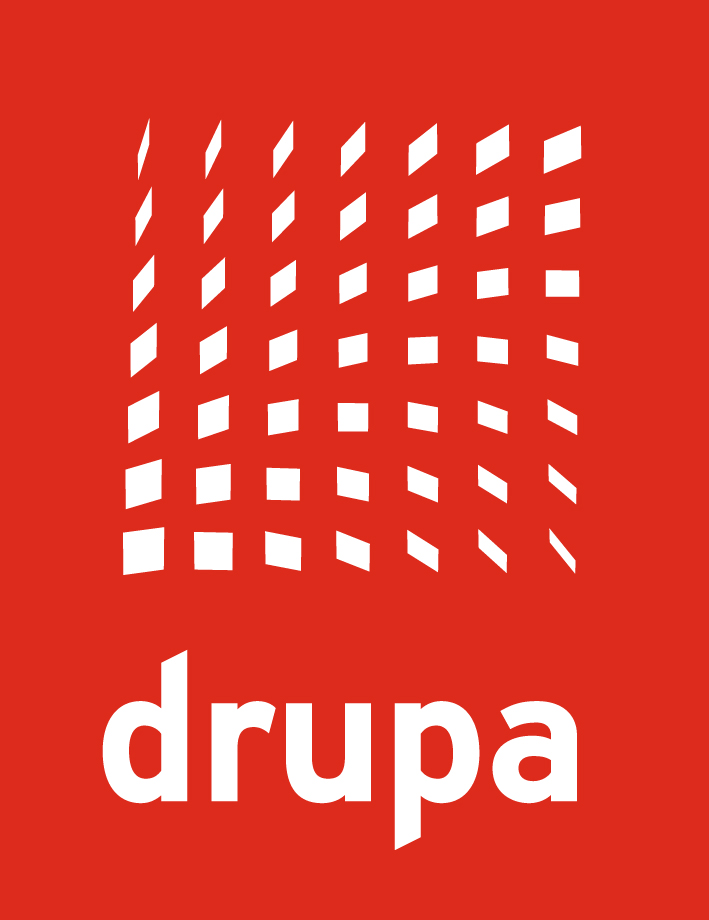Digital Printing for Packaging Market to Grow to $31.6 Billion in 2024
Time:2019-08-27 From:
In 2019 the total market value of all digital packaging and label printing is $18.9 billion. The digital print market has more than doubled over the past five years in value and print volume, making digital packaging the most dynamic and fastest-growing part of the print market as corrugated, cartons, flexibles and rigid plastics follow the more established digital label production sector.
According to Smithers Pira’s recent market report ‘The Future of Digital Print for Packaging to 2024’ the value of the digital packaging sector will reach $31.6 billion, accounting for 6.38% of all printed packaging by value in 2024. The area printed will grow at a CAGR of 13.1% between 2019 and 2024, to the equivalent of 383.6 billion A4 prints. Increasingly, digital print is being used to print labels, corrugated, cartons, flexibles, rigid plastic, and metal packaging.
It is taking share from analogue print – litho, flexo and gravure – and is opening up totally new opportunities. Technology developments have allowed converters to install digital print equipment that delivers high-quality output, suitable for particular applications, cost-effectively and at high productivity. Digital print gives converters greater agility to meet the ever more demanding schedules and version differentiations of brands and retailers.
The capability for total variability allows brands to boost brand performance by doing new things, offering higher levels of engagement and new customer experiences. ‘The Future of Digital Print for Packaging to 2024’ provides in-depth analysis on the key trends affecting the market which is briefly highlighted below:
Economic short runs – As with most print products the average run length of label and packaging jobs is decreasing. Brands do not want to tie up capital in stocks that may not be used as they bring new product launches and new brands to market. The result is many more short runs. Digital’s ability to produce short runs economically has changed the label sector and it affecting the packaging market.
Engagement – There are many innovative and creative examples of brands using digital print to create personalised labels and packs, or versions to appeal to sections of the market. Brands do this to increase their market share in a specific campaign, while generating positive consumer reaction and approval.
Legislation – Increasing legislation pressures on content and identification are driving the information content on many packs and labels. Displaying it in a local language is required in some countries. In many regions there are strict rules on the information that has to be on a pack, generally that label and packaging must accurately representing the contents.
Security and brand protection – The capability of printing unique personalised information on a pack or label also provides new security capabilities, with validation that an identifier is genuine through a database look-up. This is widely used in the pharmaceutical sector, where a prescription or hospital drug administration can be checked at point of issue.
Design for digitally printed packaging – Every printed pack or label requires artwork, whichever print process is used. Currently, the packaging creation supply chain is complex, regardless of the graphic content. Most is carried out by specialists, agencies and converters who have the structural and technical expertise, and often have the relationship with brands and retailers.
Supply chain benefits – Packaging supply chains have developed over many years, with the great majority of packaging and labels produced by specialist converters who deliver labels, cartons, corrugated boxes, metal containers, rigid plastics and closures, and flexibles as reels and in final form to fillers and packers. These operations fill the packs and apply labels, adding any coding (such as batch identification and best before dates, and so on) as required.
Digital printing technology complementing analogue – As the number of digital presses installed at converting operations has grown, users report that digital capability can directly boost the performance of analogue printing equipment. As run lengths fall the actual printing time on large litho offset and flexo machines falls, with more time spent in changeovers and make-readies reducing the saleable capacity of the installed base of equipment.
Sustainability- Saving resources and acting in an environmentally sustainable manner is no longer merely a trend, but is a prerequisite for future development. The circular economy is becoming mainstream, with supply chains under examination to reduce resource consumption wherever possible.
Barriers to digital adoption – There are many reasons why digital labels and packaging are not used. For some jobs the costs are too high, there may be problems with design and prepress, colours may not match, inks may not be compatible with substrates, and there may be drying problems.

